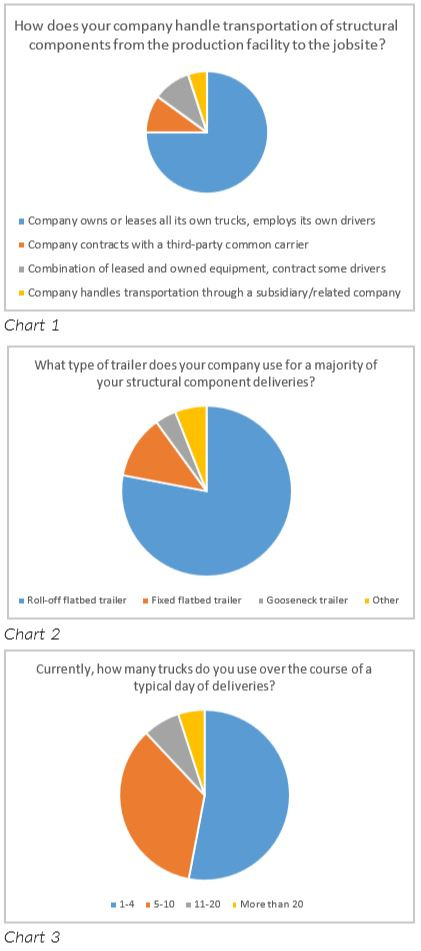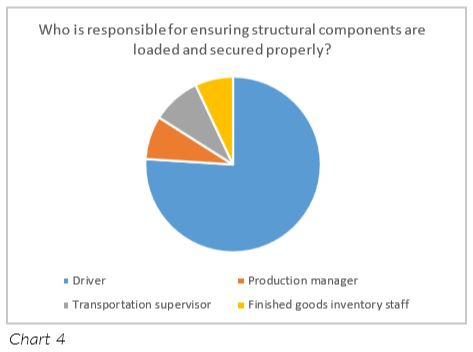Editor's Message: Keep on Truckin'
Editor's Message: Keep on Truckin'
If you flipped through the pages of this magazine over the past five years, you would see that many of them are devoted to just a few key topics: engineering and component design, manufacturing processes, workforce development, safety, and technology. There is an obvious reason for this: these are the areas where component manufacturers (CMs) face some of their greatest business challenges.

It is not a coincidence that these are also the areas where each CM’s creativity and entrepreneurial spirit has yielded the greatest variance in best practices. Said another way, our industry has developed a wide variety of ways to solve similar problems. Conversely, one aspect of the component manufacturing business where there is great similarity is transportation of finished goods.
A recent online poll on this topic was one of our most popular in terms of responses, yet its results indicate most CMs go about it in the same way. Of the companies that responded, 75 percent either own or lease their trucks and employ all their own drivers (Chart 1). Ten percent of CMs indicated they contract all their deliveries through a third-party common carrier. Another ten percent use a combination of equipment purchasing and leasing and may contract out some of their deliveries to a third party. Finally, five percent handle their transportation through a subsidiary or related company.
While the responses don’t perfectly overlap, when it comes to trailers one type is dominant over all the others (Chart 2). Roll-off trailers are used by 78 percent of the respondents, while only 12 percent rely on fixed flatbed trailers and four percent use gooseneck trailers.
To give you a sense of the size of the companies who participated in the survey, 53 percent use one to four trucks for deliveries on an average day and another 35 percent need five to ten trucks (Chart 3). Only five percent of the respondents said they need more than 20 trucks for deliveries. All but one respondent indicated they load those trucks using a forklift. The sole outlier uses a fixed crane to load their trucks.

At 76 percent of the companies, the driver is responsible for ensuring components are properly loaded and secured prior to leaving the yard (Chart 4). The remaining 24 percent is split almost evenly between placing that responsibility on a production manager, transportation supervisor, or finished goods inventory staff.
There’s only one area where there isn’t a dominant practice and that is likely due to its relative newness. The use of electronic logging devices (ELDs) is relatively split, with 50 percent of CMs having them in every truck in their fleet and 40 percent not using them at all. The remaining 10 percent use them in a limited number of trucks.
If you contributed to this poll, or any of the others we’ve put out through our weekly SBC Industry News, thank you for your participation! You continue to give us insight and industry-specific data that is helping us provide more targeted and valuable content.

